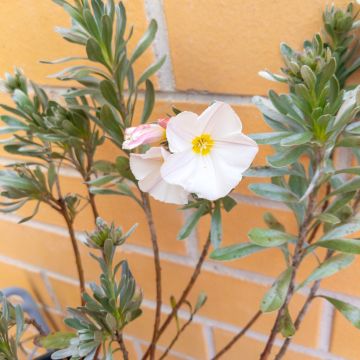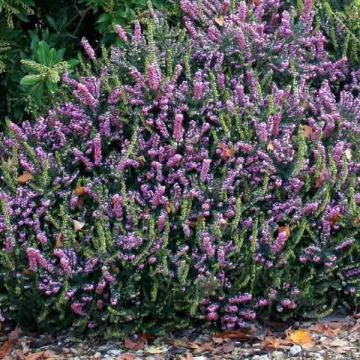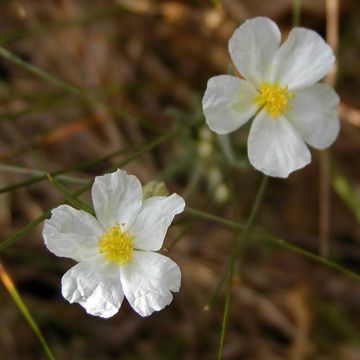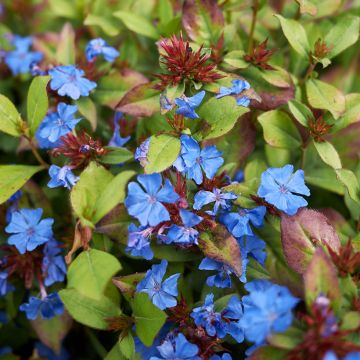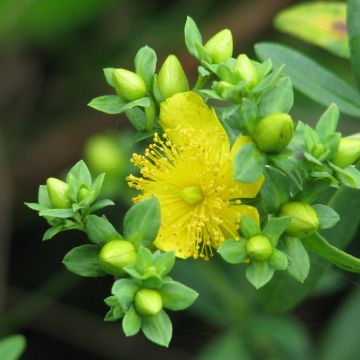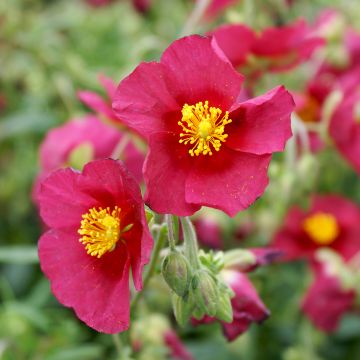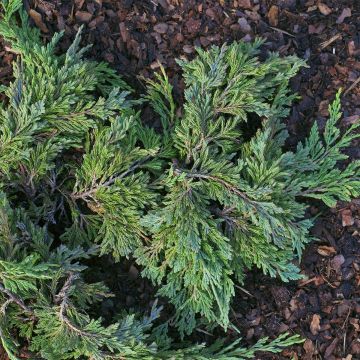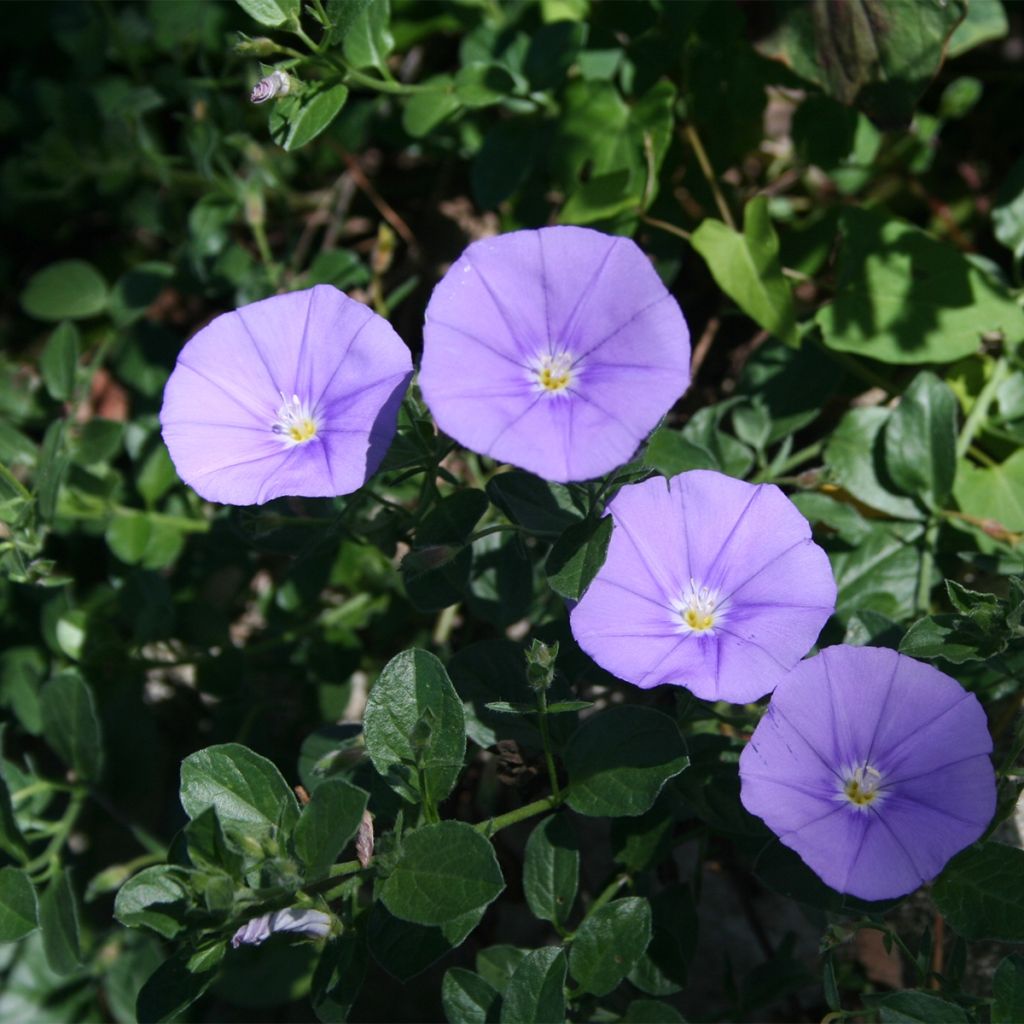

Convolvulus sabatius Compacta - Blue rock bindweed
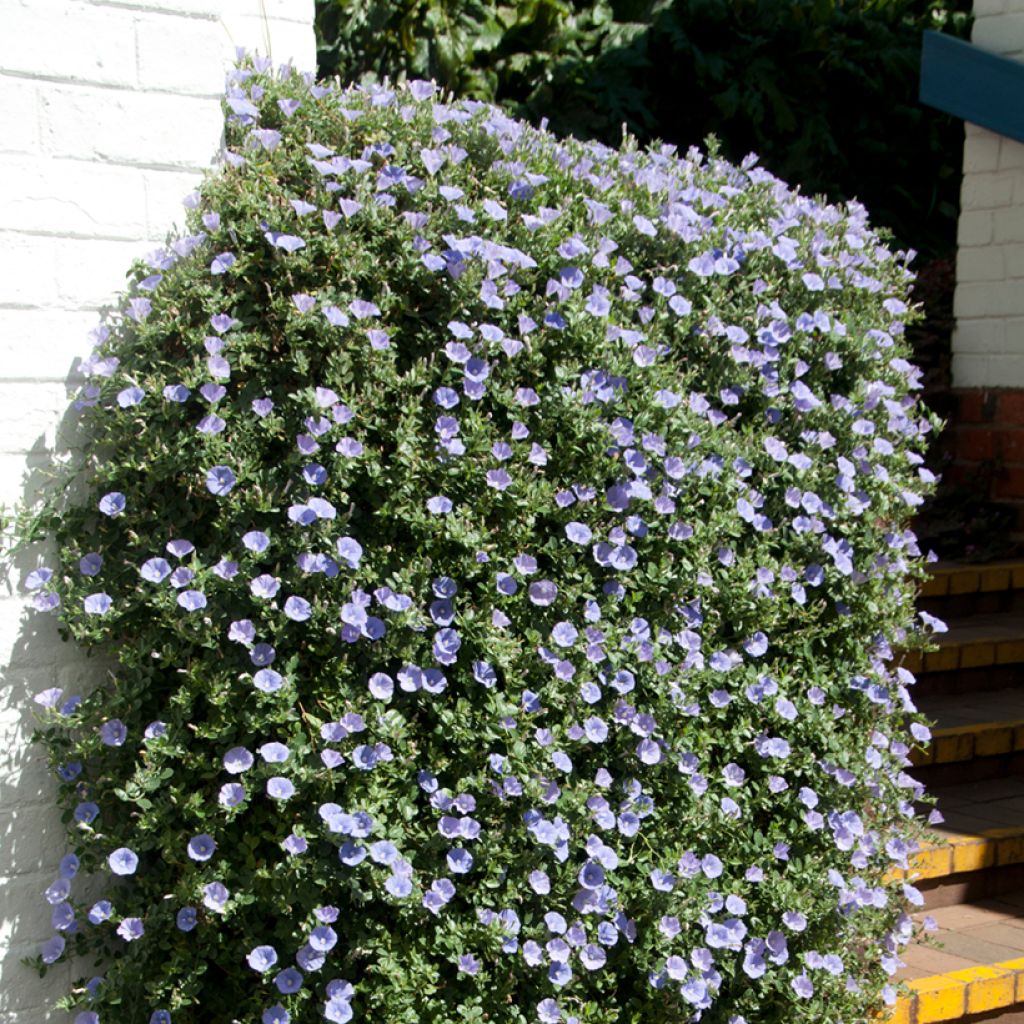

Convolvulus sabatius Compacta - Blue rock bindweed
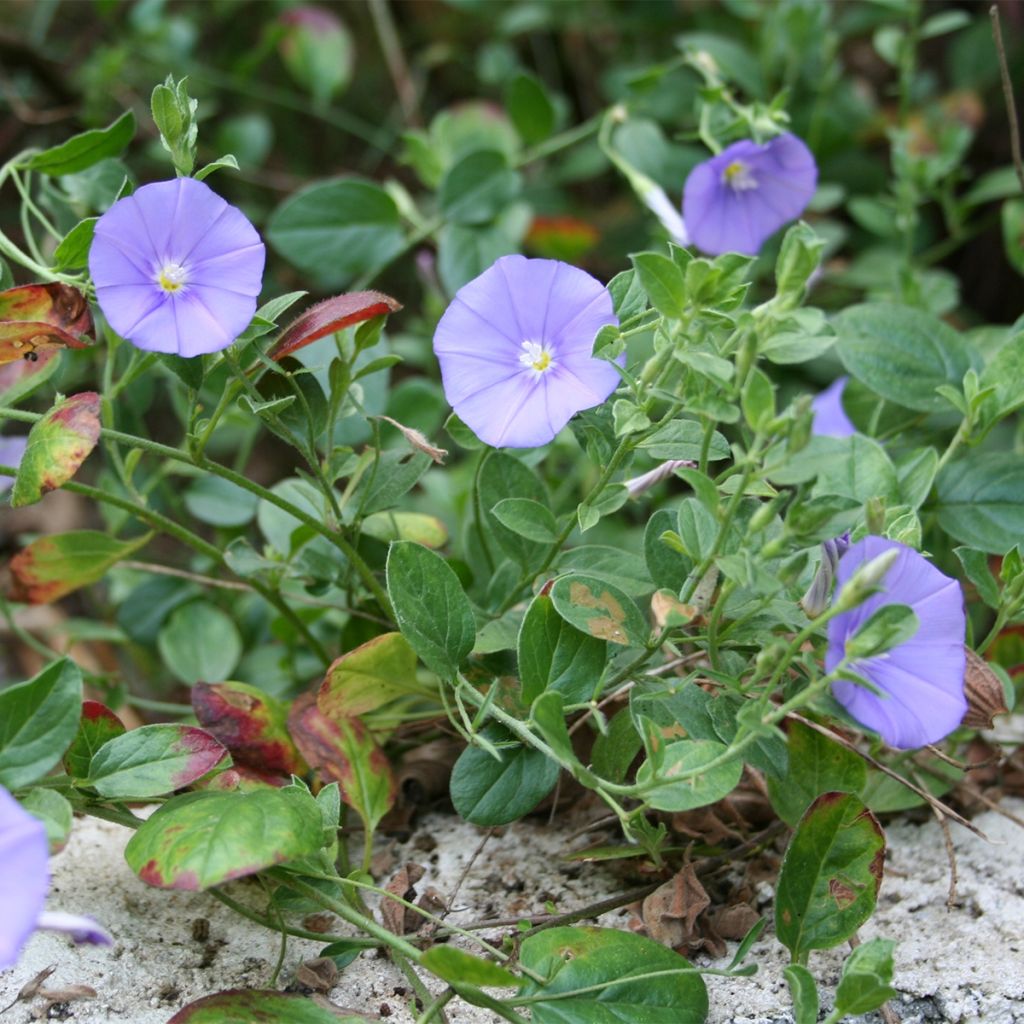

Convolvulus sabatius Compacta - Blue rock bindweed
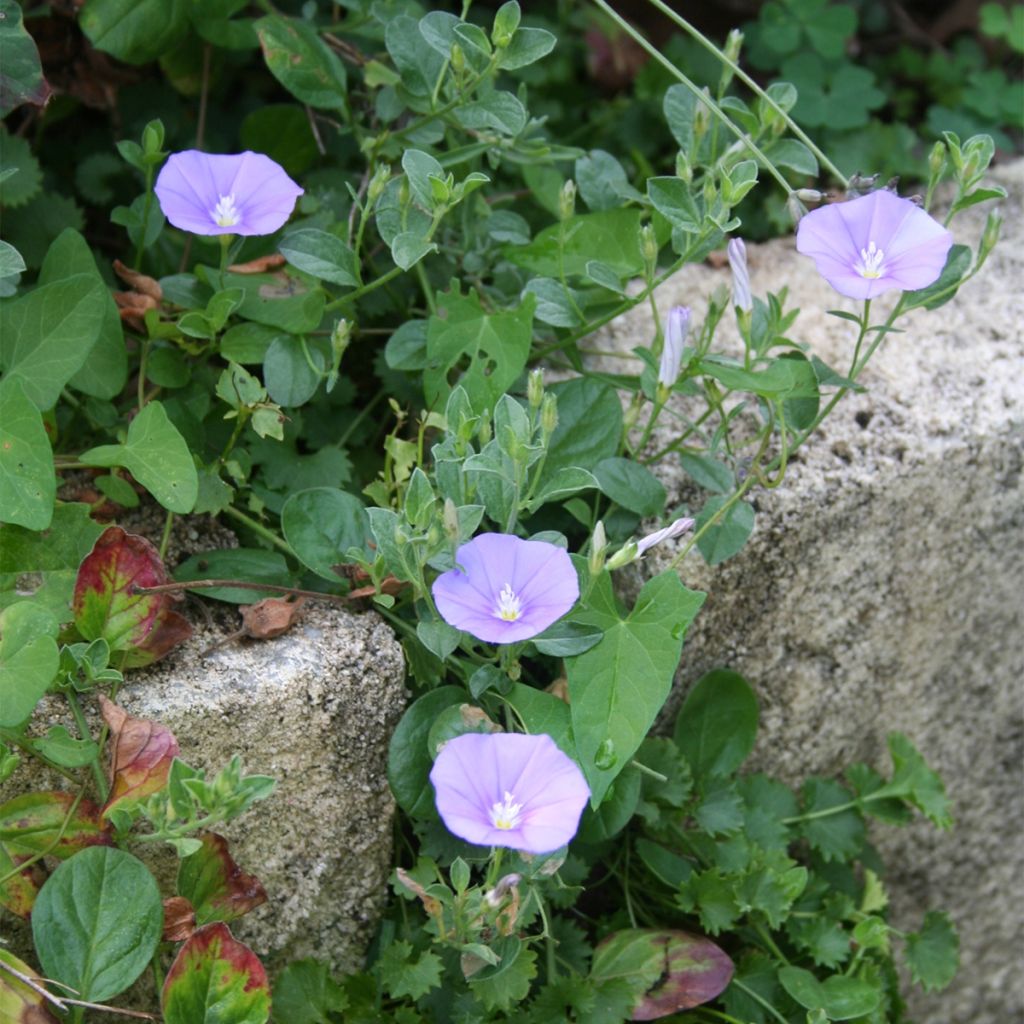

Convolvulus sabatius Compacta - Blue rock bindweed
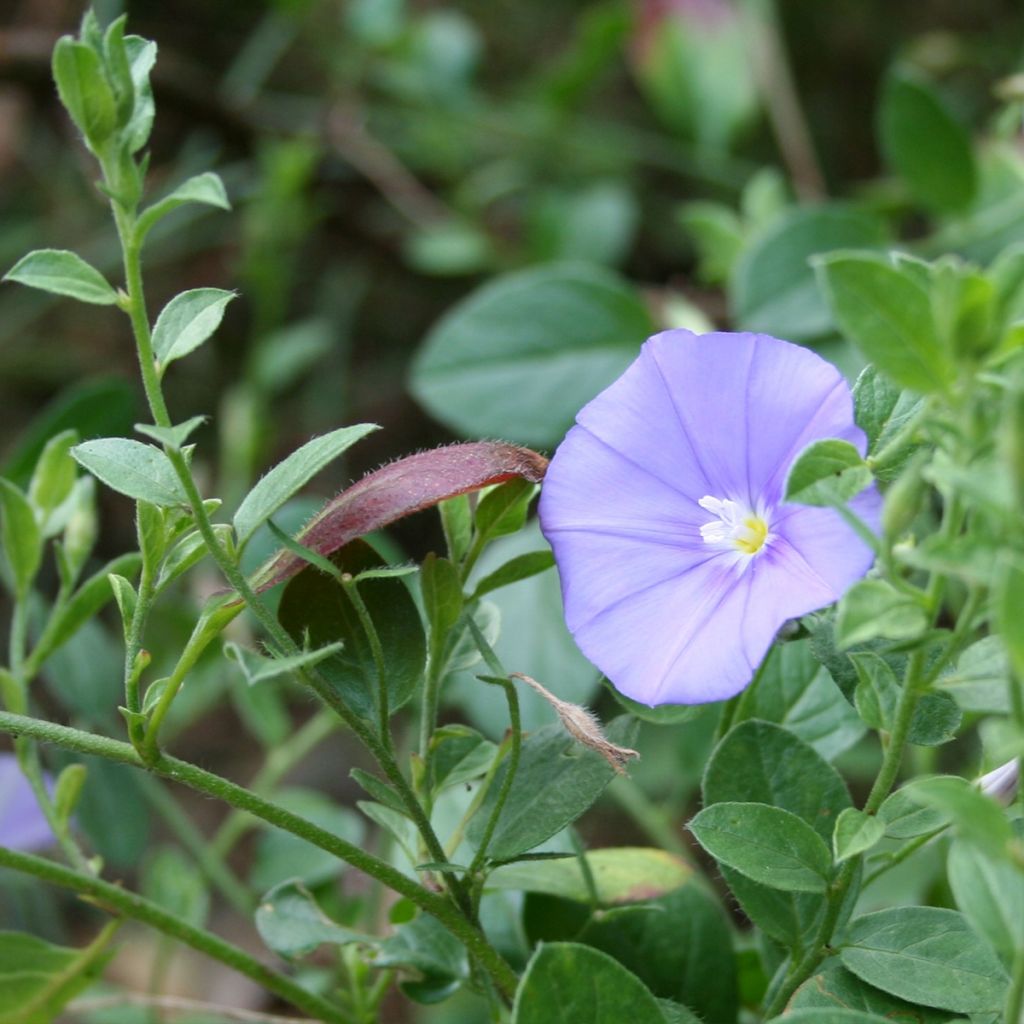

Convolvulus sabatius Compacta - Blue rock bindweed
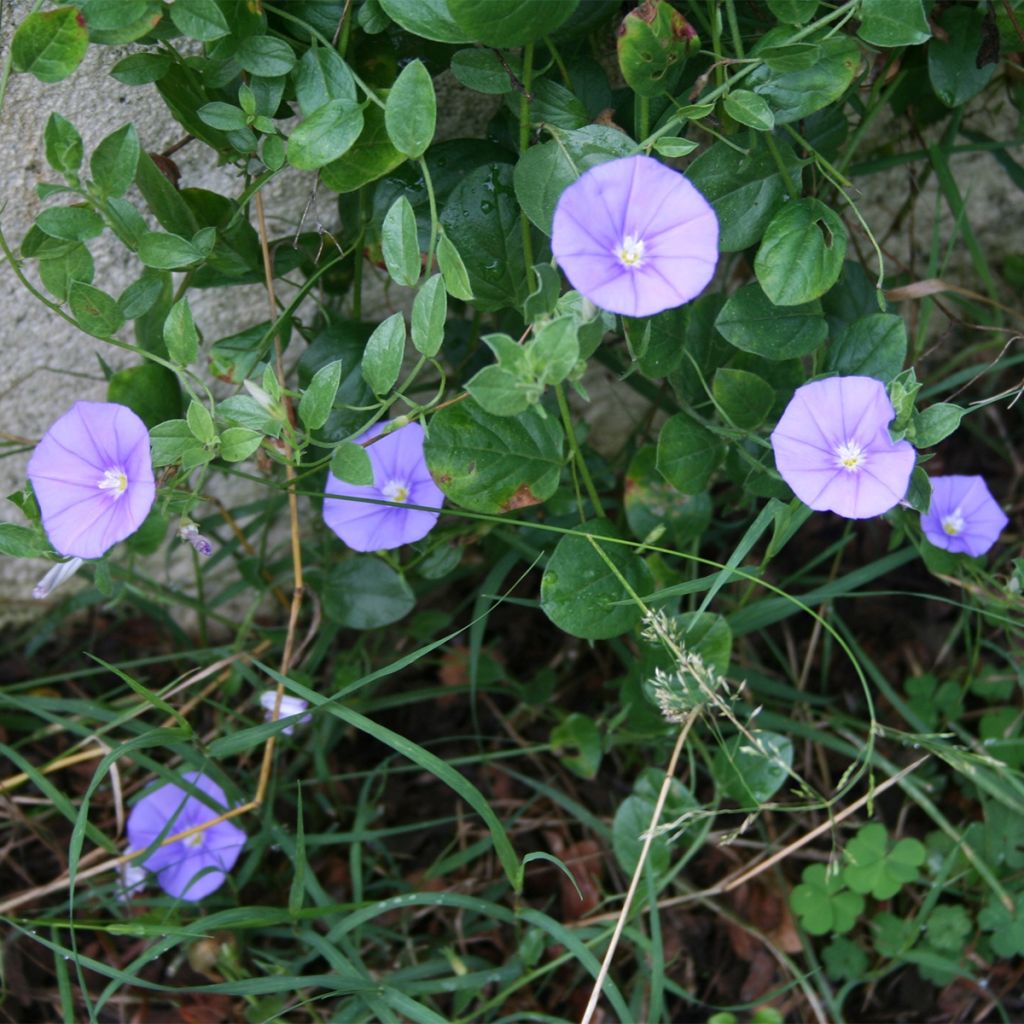

Convolvulus sabatius Compacta - Blue rock bindweed
Convolvulus sabatius Compacta - Blue rock bindweed
Convolvulus sabatius Compacta
Blue rock bindweed
Special offer!
Receive a €20 voucher for any order over €90 (excluding delivery costs, credit notes, and plastic-free options)!
1- Add your favorite plants to your cart.
2- Once you have reached €90, confirm your order (you can even choose the delivery date!).
3- As soon as your order is shipped, you will receive an email containing your voucher code, valid for 3 months (90 days).
Your voucher is unique and can only be used once, for any order with a minimum value of €20, excluding delivery costs.
Can be combined with other current offers, non-divisible and non-refundable.
Why not try an alternative variety in stock?
View all →This plant carries a 24 months recovery warranty
More information
We guarantee the quality of our plants for a full growing cycle, and will replace at our expense any plant that fails to recover under normal climatic and planting conditions.
Would this plant suit my garden?
Set up your Plantfit profile →
Description
Convolvulus sabatius Compacta is a creeping undershrub with long prostrate branches, adorned with small evergreen green leaves in mild climates, which bears lavender blue flowers throughout the summer and into autumn. It will bring uniqueness to rockeries, the tops of walls, and rocky terrains. Native to the Mediterranean region, it is a slightly frost-sensitive species that should be reserved for mild climates, especially coastal areas as it is not afraid of sea spray, or for annual pots and hanging baskets.
Convolvulus sabatius is a plant of the Convolvulaceae family. It is a close cousin of the hedge bindweed, which frequently invades our gardens and also bears cup-shaped flowers, but don't panic, the comparison stops there, C. sabatius is not climbing! This bindweed is native to the Moroccan coast, but also seems to be present in Italy, as it is named after the ancient Roman city of Vada Sabatia (now Vado Ligure, not far from Genoa). This beautiful species is found on rather arid coastlines, in dry, rocky, often limestone soils.
It forms a low cushion, gradually spreading through its long creeping, somewhat woody stems. They are adorned with small ovate leaves, evergreen in mild climates. Between late June and October, the blue rock bindweed reveals its major asset: it produces hundreds of elegant and rare light blue to lavender cup-shaped flowers, delicately marked with yellow by the stamens. The clump is not invasive and simply crawls over a rockery or cascades from a wall.
Very similar to the original species, this variety Compacta is smaller in size: the plant reaches a height of only about 15 cm (6in), with a spread of 50 cm (20in) to 80 cm (32in) under very good conditions. Like the original species, it tolerates most soils, from slightly acidic to limestone, as long as they are well-drained. Growing Convolvulus sabatius Compacta is very easy and essentially involves planting it in a suitable location: that is, in full sun, in a perfectly drained rocky soil. Once established, it will never require a drop of water! In fact, it's better to forget about watering it too much, as it dislikes it.
Rockeries, path borders, stairs, and the tops of stone walls are ideal places to plant this Convolvulus sabatius Compacta. It will make an excellent groundcover in milder coastal areas. However, its hardiness is quickly put to the test, and it will be difficult to keep it outdoors if temperatures frequently drop below -5°C (23°F) at your location, especially if the soil is not well-drained in winter. Even if it doesn't die, know that the plant will lose its above-ground parts if exposed to pronounced frost. Some sources mention resistance down to -8°C (17.6°F), but this is only possible in a dry and suitable environment. Under less favourable conditions, blue rock bindweed remains an excellent plant for annual hanging baskets. In cool climates, you can also treat it as a perennial in a pot that you will shelter during winter in a cool and sufficiently bright location (veranda, garage with windows...).
In favourable climates, this beautiful plant will form superb associations with other Mediterranean plants, preferably shrubs or upright plants to avoid competition in terms of soil occupation. For example, Cassia floribunda with its long-lasting exotic bright yellow flowers will create a superb colour contrast with our bindweed's blue. Rockroses will also be good companions, just as resistant to drought as it is, as well as Carissa with its fragrant white flowers, which also withstands sea spray like our little Mauritanian bindweed.
Report an error about the product description
Convolvulus sabatius Compacta - Blue rock bindweed in pictures
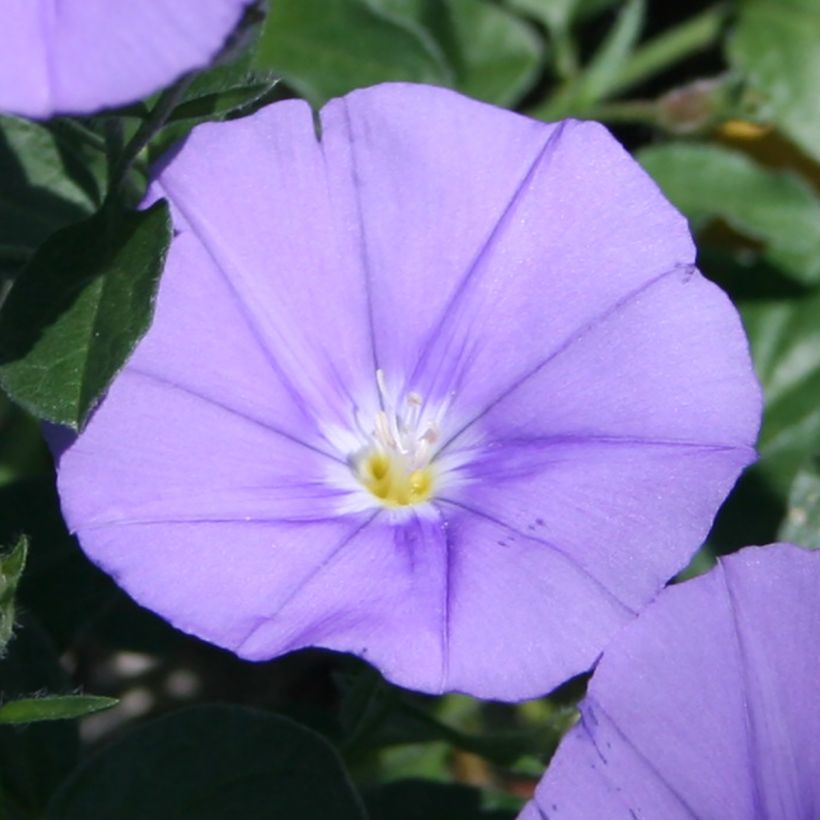





Plant habit
Flowering
Foliage
Botanical data
Convolvulus
sabatius
Compacta
Convolvulaceae
Blue rock bindweed
Mediterranean
Other Convolvulus
View all →Planting and care
This low shrub loves hot situations, in a well-drained, sandy or stony, even limestone soil. It will be perfectly at ease in a rockery. Visually, the effect will be better with large stones, otherwise it will cover them as it grows. Water the first year to allow it to root well, then occasionally in summer, especially the first two years. Perfectly adapted to the Mediterranean climate, it tolerates summer drought well, although it will dry out its flowering. In our very dry Mediterranean regions, it usually flowers from late April to late June and rests during the peak of summer.
In colder climates, it can be grown as an annual or planted in a pot to be stored away from frost in the cold season, in a bright but unheated room.
Planting period
Intended location
Care
This item has not been reviewed yet - be the first to leave a review about it.
Similar products
Haven't found what you were looking for?
Hardiness is the lowest winter temperature a plant can endure without suffering serious damage or even dying. However, hardiness is affected by location (a sheltered area, such as a patio), protection (winter cover) and soil type (hardiness is improved by well-drained soil).

Photo Sharing Terms & Conditions
In order to encourage gardeners to interact and share their experiences, Promesse de fleurs offers various media enabling content to be uploaded onto its Site - in particular via the ‘Photo sharing’ module.
The User agrees to refrain from:
- Posting any content that is illegal, prejudicial, insulting, racist, inciteful to hatred, revisionist, contrary to public decency, that infringes on privacy or on the privacy rights of third parties, in particular the publicity rights of persons and goods, intellectual property rights, or the right to privacy.
- Submitting content on behalf of a third party;
- Impersonate the identity of a third party and/or publish any personal information about a third party;
In general, the User undertakes to refrain from any unethical behaviour.
All Content (in particular text, comments, files, images, photos, videos, creative works, etc.), which may be subject to property or intellectual property rights, image or other private rights, shall remain the property of the User, subject to the limited rights granted by the terms of the licence granted by Promesse de fleurs as stated below. Users are at liberty to publish or not to publish such Content on the Site, notably via the ‘Photo Sharing’ facility, and accept that this Content shall be made public and freely accessible, notably on the Internet.
Users further acknowledge, undertake to have ,and guarantee that they hold all necessary rights and permissions to publish such material on the Site, in particular with regard to the legislation in force pertaining to any privacy, property, intellectual property, image, or contractual rights, or rights of any other nature. By publishing such Content on the Site, Users acknowledge accepting full liability as publishers of the Content within the meaning of the law, and grant Promesse de fleurs, free of charge, an inclusive, worldwide licence for the said Content for the entire duration of its publication, including all reproduction, representation, up/downloading, displaying, performing, transmission, and storage rights.
Users also grant permission for their name to be linked to the Content and accept that this link may not always be made available.
By engaging in posting material, Users consent to their Content becoming automatically accessible on the Internet, in particular on other sites and/or blogs and/or web pages of the Promesse de fleurs site, including in particular social pages and the Promesse de fleurs catalogue.
Users may secure the removal of entrusted content free of charge by issuing a simple request via our contact form.
The flowering period indicated on our website applies to countries and regions located in USDA zone 8 (France, the United Kingdom, Ireland, the Netherlands, etc.)
It will vary according to where you live:
- In zones 9 to 10 (Italy, Spain, Greece, etc.), flowering will occur about 2 to 4 weeks earlier.
- In zones 6 to 7 (Germany, Poland, Slovenia, and lower mountainous regions), flowering will be delayed by 2 to 3 weeks.
- In zone 5 (Central Europe, Scandinavia), blooming will be delayed by 3 to 5 weeks.
In temperate climates, pruning of spring-flowering shrubs (forsythia, spireas, etc.) should be done just after flowering.
Pruning of summer-flowering shrubs (Indian Lilac, Perovskia, etc.) can be done in winter or spring.
In cold regions as well as with frost-sensitive plants, avoid pruning too early when severe frosts may still occur.
The planting period indicated on our website applies to countries and regions located in USDA zone 8 (France, United Kingdom, Ireland, Netherlands).
It will vary according to where you live:
- In Mediterranean zones (Marseille, Madrid, Milan, etc.), autumn and winter are the best planting periods.
- In continental zones (Strasbourg, Munich, Vienna, etc.), delay planting by 2 to 3 weeks in spring and bring it forward by 2 to 4 weeks in autumn.
- In mountainous regions (the Alps, Pyrenees, Carpathians, etc.), it is best to plant in late spring (May-June) or late summer (August-September).
The harvesting period indicated on our website applies to countries and regions in USDA zone 8 (France, England, Ireland, the Netherlands).
In colder areas (Scandinavia, Poland, Austria...) fruit and vegetable harvests are likely to be delayed by 3-4 weeks.
In warmer areas (Italy, Spain, Greece, etc.), harvesting will probably take place earlier, depending on weather conditions.
The sowing periods indicated on our website apply to countries and regions within USDA Zone 8 (France, UK, Ireland, Netherlands).
In colder areas (Scandinavia, Poland, Austria...), delay any outdoor sowing by 3-4 weeks, or sow under glass.
In warmer climes (Italy, Spain, Greece, etc.), bring outdoor sowing forward by a few weeks.































